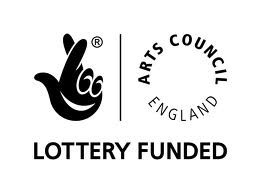|
Necrospective
Motohiko Odani Takeshi Murata Thomas Johnson Alexis Milne Craig Fisher |
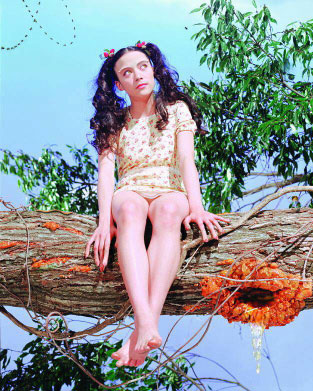 |
|
Motohiko Odani
Rompers |
|
15 June - 22 July 2012 |
|
This exhibition explores the relationship between violence and acting out. Freud’s death drive has been described by Jean Baudrillard as a 'nostalgia for a state before the appearance of individuality and sexual differentiation, a state in which we lived before we became mortal and distinct from one another'. Baudrillard discusses this subconscious desire in relation to the project of science and technology, which he suggests, is driven by a quest for immortality, exemplified through cloning and cryogenics. Science and technology also have the effect of manifesting homogenous and uniform objects and experiences, which embody the formal qualities of the death drive. In this sense he suggests that the project of science is 'to reconstruct a homogenous and uniformly consistent Universe'. This clone of the real world, in a technological form, embodies the formal qualities that satisfy the death drive; repetition and homogeneity. The show will explore the relationship between Baudrillard’s notion that science and technology produce objects and experiences that embody the death drive and Freud’s notion that the death drive leads people to re-enact (act out) and repeat traumatic experiences. This relationship can be realised by viewing technology as a form of performance or acting. The resultant technological object/experience is a kind of travesty, a re-enactment of nature. The works in the show will explore the new sanitised invention of the world, our technologically mediated environment, the environment in which abject and mucky nature has been eradicated. This environment is presented as a world in which the death drive is satisfied, where violence and the abject have been displaced through a technological, man made infrastructure, suggesting that, through our engagement in a technologically mediated world, we have suppressed our fear of mortality and absolved ourselves of responsibility, distorting our relationship with the origins of all our actions; 'real', unmediated nature. Motohiko Odani’s video Rompers explores a dystopian view of the future in which we no longer have any reference to the real. Odani was born in Japan in 1972 and studied at Tokyo National University of Art and Music. He represented Japan at the Venice Biennale in 2003. Recent exhibitions includes Fairy Tales, Monsters, and the Genetic Imagination Frist Center for the Visual Arts, Nashville, USA) / Winnipeg Art Gallery(Winnipeg,Canada) / Glenbow Art Museum (Calgary,Canada). Takeshi Murata’s Monster Movie is a video which uses sophisticated editing techniques to create a digital world of chaos. Murata’s practice ranges from intricate computer-aided, hand-drawn animations to exacting manipulations of the defects and broken code in digital video technology to alter appropriated footage from cinema (B movies, vintage horror films), or to create Rorschach-like fields of seething colour, form and motion. Murata was born in Chicago in 1974 and now lives and works in New York; studied at Rhode Island School of Design. Solo Exhibitions include, Salon 94, New York; The Art of Fear: Program One, Nitehawk Cinema, Brooklyn, NY. Thomas Johnson’s Mana is a sonic scupture of a louder than life fridge. Johnson was born in 1980 in Eastbourne, but spent the early years of his life in Kuwait during the Iraq-Iran war; he now lives and works in London and completed his MFA at Goldsmiths in 2010. Recent exhibitions include Null and Void presents Stockholm Syndrome, Bussey Building, London, 2011. Alexis Milne’s video Safe Riot was produced after experiencing the G20 demonstrations against the financial system at the grandiose location of the Bank of England in 2009 as the world economy began to collapse into recession. Milne’s work traverses video and interventionist performance, utilising alter egos, the grotesque and cartoonist parody as tools to comment on the erosion of the authentic and in particular, riot as spectacle. Milne completed his MA at Goldsmiths in 2010. Recent exhibitions include Bunker for Disposable Footage, 2012, London and International Biennale for Young Art, Moscow. Craig Fisher’s It's Uncanny is a sculpture of a car crash made from felt. Fisher makes large-scale sculptural installations using various fabrics/materials that question representations of violence and disaster. While the individual details of the installations Fisher makes may reference the latest in avant-garde design, the overall impression is that you are being transported by your TV to the latest media disaster: Or is it a film set – Kill Bill meets South Park, The Shining via The Wizard of Oz and then back again through Bowling for Columbine! Fisher was born in 1976 and lives and works in Nottingham and London. He completed his MA at Goldsmiths in 2000 and recent exhibitions include Pretty Disastrous James Freeman Gallery, London 2012, and Deathtrap Reactor Towers, Nottingham 2012. A publication will be produced to accompany this touring exhibition: Catalyst Arts, Belfast, 20 August – 27 August 2012 and Grand Union, Birmingham, 14 September – 27 October 2012. > Necrospective Blog http://necrospective.blogspot.co.uk/
This exhibition is supported by Arts Council England |
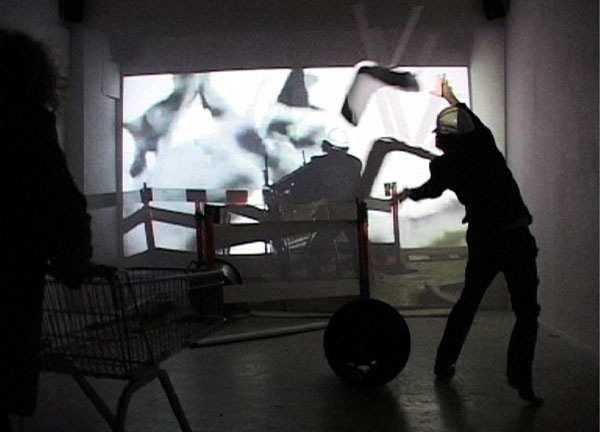 |
|
Alexis Milne Riot video projection |
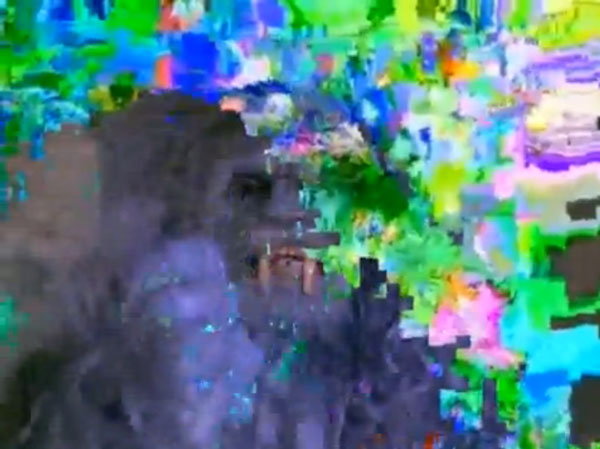 |
|
Takeshi Murata Monster Movie animation |
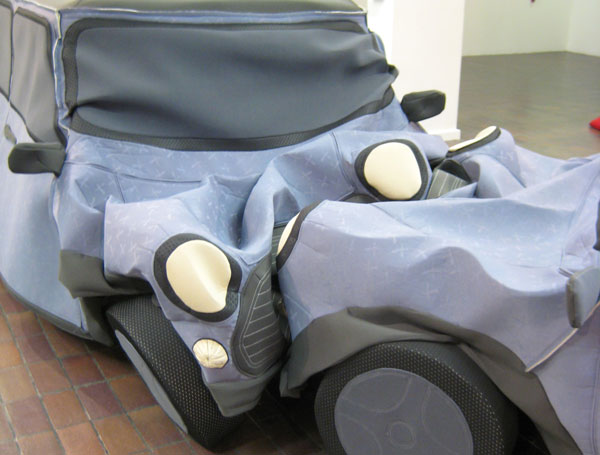 |
Craig Fisher It's Uncanny felt |
| >home |
